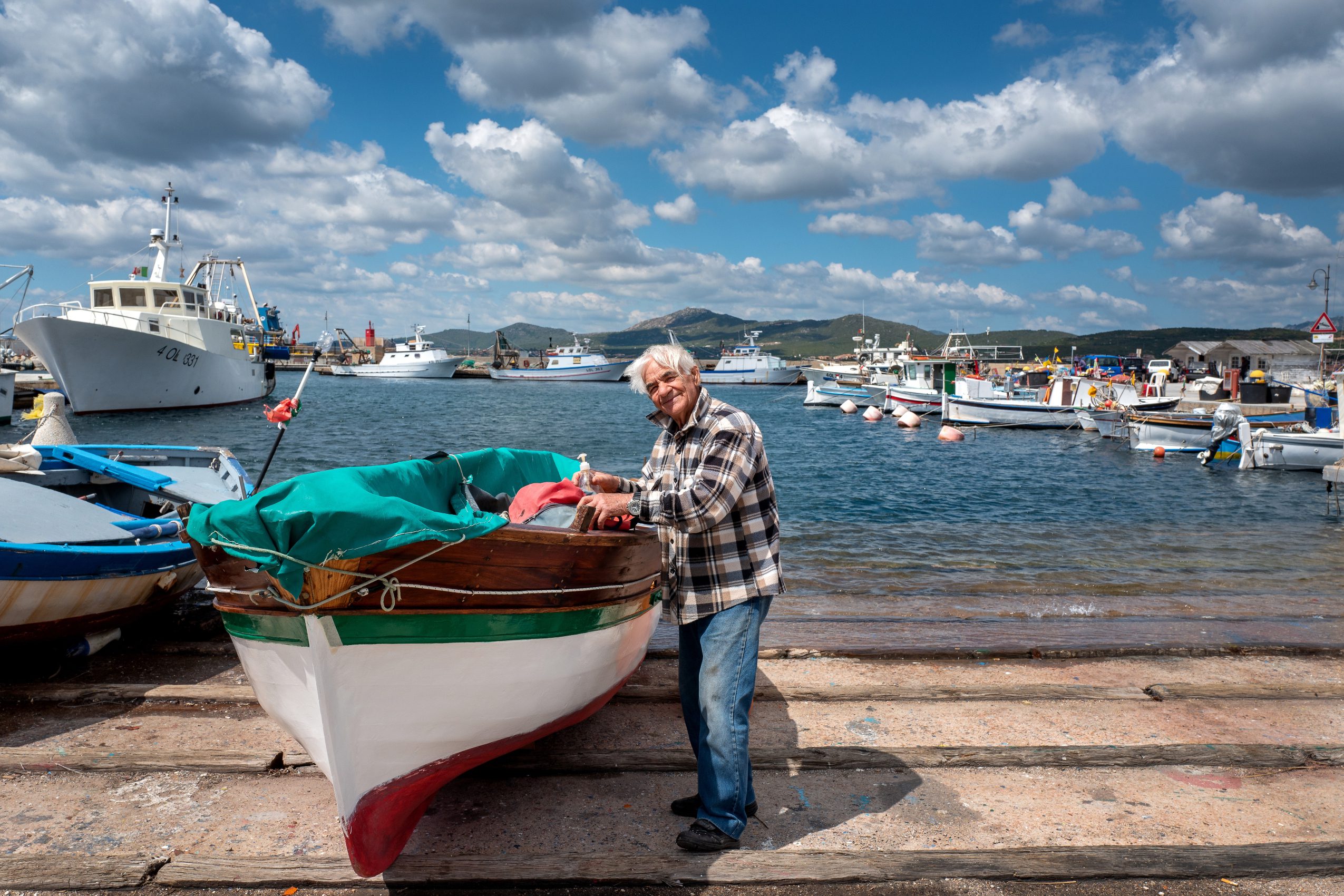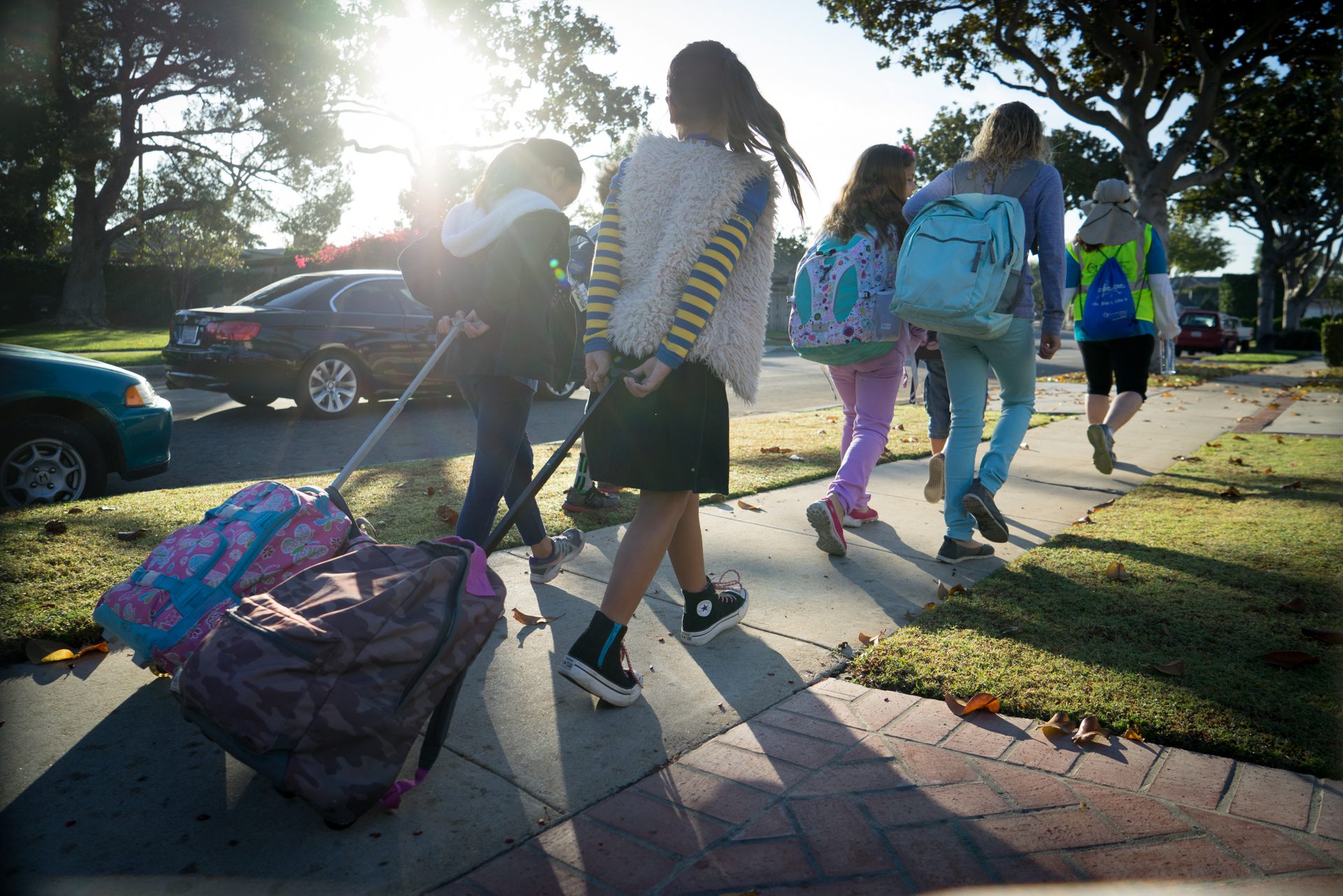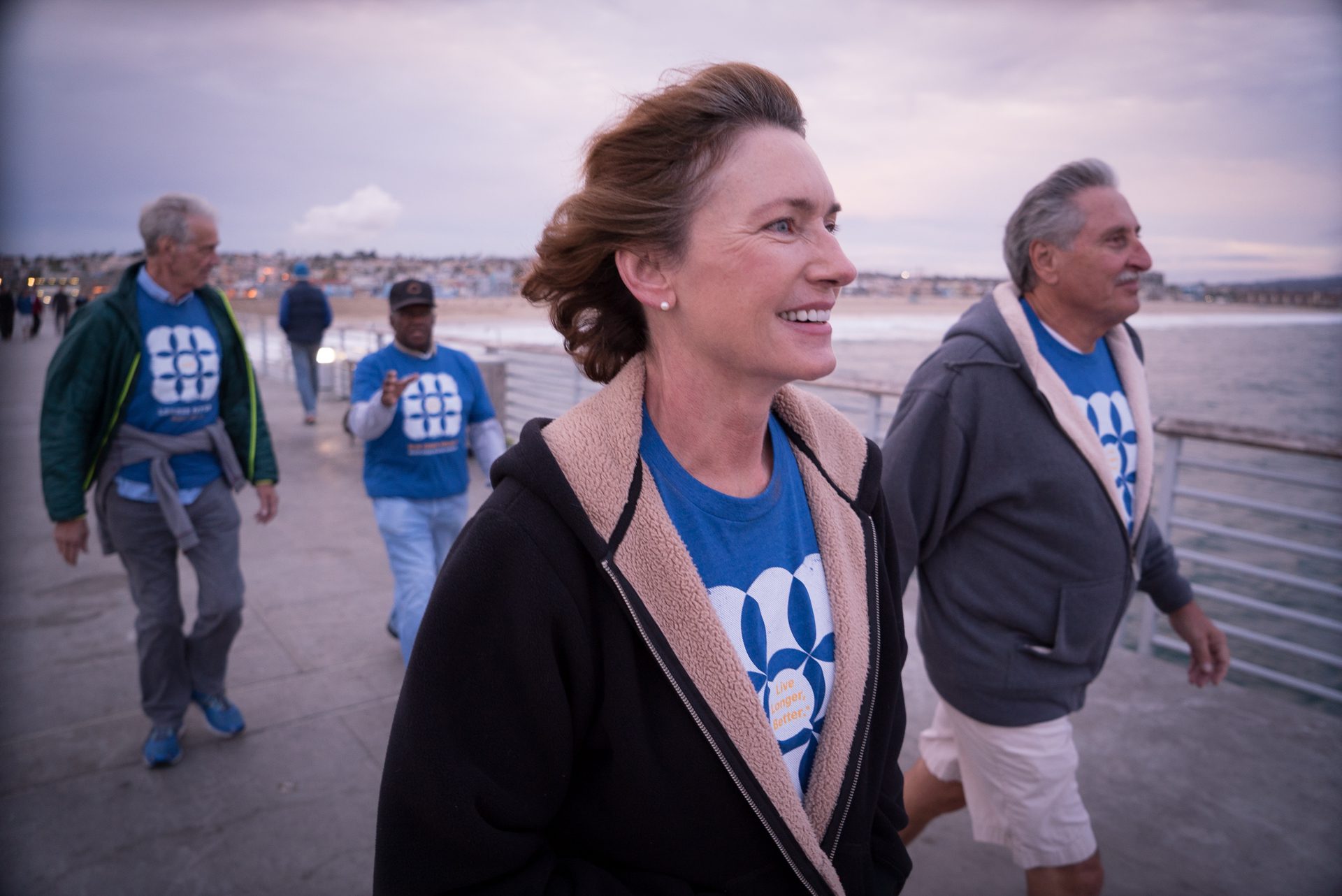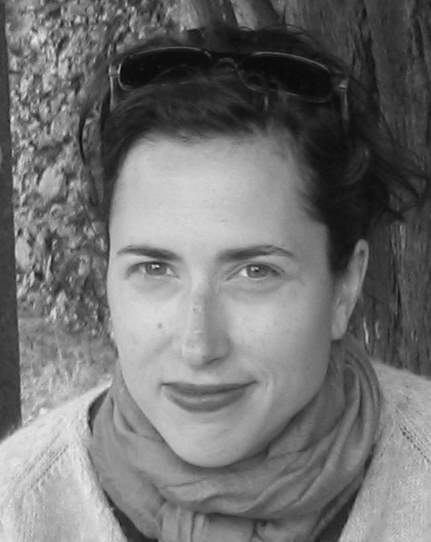Back in 2014, at what should have been the still-spry age of 52, Todd LaPorte suffered a heart attack. As shocking as it was, however, it was his year-long recuperation at home in Scottsdale, Arizona, that triggered his personal journey to better health — and now may lead to his city’s newest destination as the nation’s 51st Blue Zone city (and Arizona’s first).
Known as places where people live the longest and healthiest lives on the planet, Blue Zones were first identified in 2000, when researchers Michel Poulain and Gianni Pes, working with journalist Dan Buettner began identifying the lifestyles and environmental factors that result in healthy residents. The first to be identified was Sardinia, Italy, followed by Okinawa, Japan; Nicoya, Costa Rica; Ikaria, Greece; and Loma Linda, California.
 Sardinian harbor in the small town of figari.
Sardinian harbor in the small town of figari. The three have since gone on to quantify these characteristics, founding Blue Zones, the company, to help cities change their infrastructure and mindset in ways that help residents live their best and longest lives.
As it happens, LaPorte is in a unique position to lead Scottsdale down this particular road. As CEO of HonorHealth, a hospital system serving Scottsdale and broader Phoenix, LaPorte has worked to evolve its mission to be proactive in its community’s care: “Not just to be there to be reactively providing care for people’s acute needs,” he says, “but to connect with the community and promote healthy lives so that people wouldn’t have to come to a hospital.”
To LaPorte, Blue Zone certification is the next step in that evolution.
Destination Blue Zone
Certified Blue Zone cities — 50 to date in the U.S. — are purposefully designed to allow residents to “mindlessly move more and eat better, 24/7,” explains Buettner. It starts with optimizing policy to favor health over non-health, from initiating soda taxes to limiting the number of fast-food restaurants within city borders to eschewing billboards that advertise junk food.
Buettner says more than 500 restaurants in Blue Zone cities have stepped up to the challenge, offering not only more plant-based options but also shifting to healthier tactics, such as offering fresh veggies as a side rather than fries. The moves not only help them save on food costs but helps attract new customers as well.
“Even if you’re a steakhouse, we help you set it up so there are offerings for people who are interested in eating healthy,” explains Buettners, noting that for Blue Zone certification, city restaurants are assessed on 25 characteristics, of which they must achieve 75 percent in order to qualify. “It’s like LEED certification. They can brag about it.”
Of course, healthy living isn’t just about eating right. Blue Zone cities also consider how their residents move by lowering speed limits, charging more for car parking and adding bike lanes. The goal, says Buettner, is for walking, biking and public transit to make more sense than getting in your car — and to encourage residents to move more.
 Maximizing walking as a part of daily life is crucial at all ages in Blue Zones.
Maximizing walking as a part of daily life is crucial at all ages in Blue Zones. It’s a goal LaPorte has embraced for his city as he works to get Scottsdale for its initial Blue Zones Activate assessment and feasibility study, step one of the certification process. “Their focus is on all the different things to think about that could improve one’s well-being, from good nutrition and exercise to having a sense of purpose, to how you hardwire fellowship into your life, the mental health, the good sleep.”
It won’t be easy, however. Earlier this year, a baseline assessment gave Scottsdale 62 out of a possible 100 points, driven down by a strong driving and restaurant culture that doesn’t do as much as it could to encourage biking or walking. Other factors: Scottsdale’s aging population reporting social isolation and 28 percent of residents experiencing three or more chronic diseases.
Nevertheless, the city shows promise for improvement. When it comes to support for exercise, Scottsdale’s McDowell Sonoran Preserve, the nation’s largest urban park, offers incredible hiking trails, while downtown already sports a bikeshare program. “There are definitely things to build off of,” says LaPorte, who is working to recruit business leaders and community foundation executives to join — and fund — the initiative.
 Community interaction as well as excercise are key.
Community interaction as well as excercise are key. It shouldn’t be hard sell, says Buettner, noting that once potential partners know of the benefits in store for their cities, the money flows: “We have a city in Iowa where we helped them reimagine their downtown as walkable and bikeable. That drew about 400 million in funding and development,” he says.
But first, their city must qualify for certification — an official process that typically takes about five years. For LaPorte, he’s ready to get Scottsdale moving on the road to Blue Zone certification, starting in 2023 and following in the footsteps of Fort Worth, Texas, named a Blue Zone community in 2018. “After the process to become a Blue Zone city, smoking dropped there by 31 percent, exercise rose by 9 points, and they had more residents reporting that they were thriving — and it helped their healthcare system become an integral part of the fabric of the community to promote health.”
Simply put, it’s a clear roadmap for Scottsdale to follow, says LaPorte: “We know where we need to go.”



